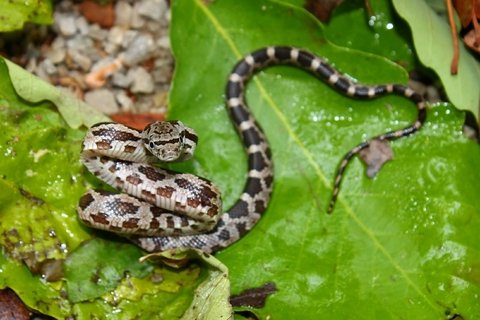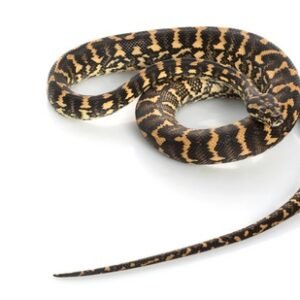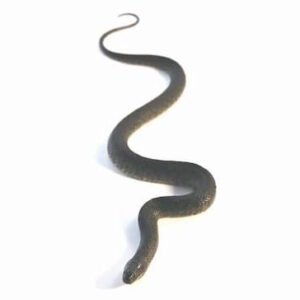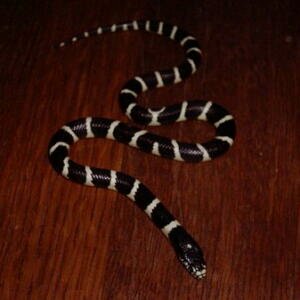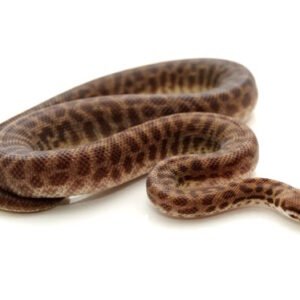Habitat and Distribution
The grey rat snake (Pantherophis spiloides) is a versatile species native to a diverse range of habitats across North America. Primarily, these snakes inhabit forests, agricultural fields, and areas adjacent to water bodies. Their geographical distribution stretches from the central and eastern United States into southeastern Canada, demonstrating their adaptability to various environmental conditions.
In forested regions, grey rat snakes are often found in both deciduous and mixed woodlands. These environments provide ample opportunities for shelter and hunting. The presence of trees and shrubs offers essential cover, while the abundance of small mammals, birds, and eggs provides a constant food source. Additionally, their proficient climbing skills allow them to utilize tree canopies effectively, enabling them to hunt birds and access other food resources.
Fields, including grasslands and wetlands, represent another significant habitat for grey rat snakes. They thrive in these open areas, often found basking in the sun or exploring for prey. Riverside environments are particularly advantageous, as they supply necessary moisture and diverse prey. The proximity to water can also aid in thermoregulation, especially during hot summer months. These snakes are known to be good swimmers, which allows them to exploit aquatic habitats efficiently.
Despite their resilient nature, grey rat snakes face numerous threats linked to habitat loss and fragmentation due to urban expansion, agricultural practices, and deforestation. Such changes can severely impact their populations by reducing available resources and breeding sites. Conservation efforts aimed at preserving their natural habitats are crucial to ensure the survival of the grey rat snake. Understanding their habitat preferences is essential for restoring and protecting their environments, ultimately supporting the ecological balance within these areas.
Behavior and Diet
The grey rat snake exhibits a range of intriguing behaviors that contribute to its survival and adaptability. Known for their impressive climbing ability, these snakes are often found in trees, which helps them evade predators and locate food. Their slender bodies are designed for both agility and stealth, allowing them to navigate through foliage and enhance their hunting efficiency. This climbing aptitude is particularly beneficial during their hunting expeditions, as it enables them to ambush unsuspecting prey from above.
When it comes to their diet, the grey rat snake primarily feeds on small mammals, particularly rodents. Their hunting strategy typically involves a patient approach, waiting quietly before striking. Once they capture their prey, they employ a technique known as constriction, wrapping their bodies around the animal to subdue it. This method is highly effective, as it cuts off blood circulation, leading to the eventual incapacitation of the victim. In addition to rodents, grey rat snakes may also consume birds, eggs, and occasionally other small reptiles, demonstrating their adaptability in various environments.
Reproductive behaviors among grey rat snakes are equally fascinating. During the mating season, males engage in courtship rituals that involve elaborate displays of body movements and pheromone communication. After successful mating, females may lay clutches of 5 to 20 eggs, typically in hidden, moist locations that provide some protection against predators. The incubation period lasts approximately two months, after which the hatchlings emerge, measuring around 12 to 15 inches in length. These young snakes must navigate a perilous world, relying on their instincts and behaviors to survive, with the potential for reaching up to 10 years of life in the wild, assuming favorable conditions and adequate resources. This unique blend of behavioral traits and dietary preferences makes the grey rat snake a remarkable species within its habitat.

